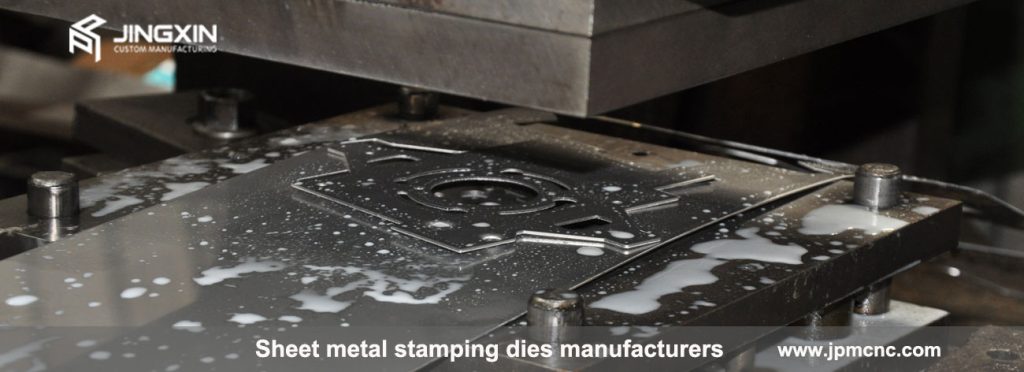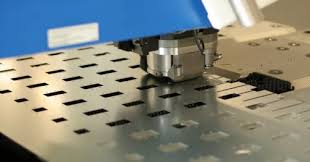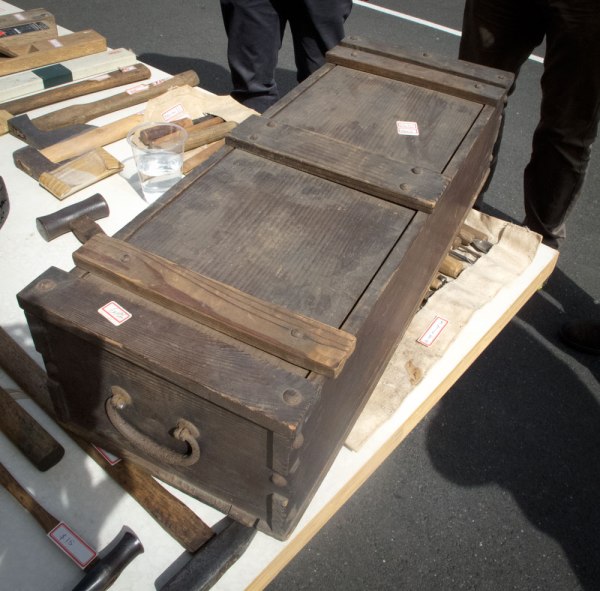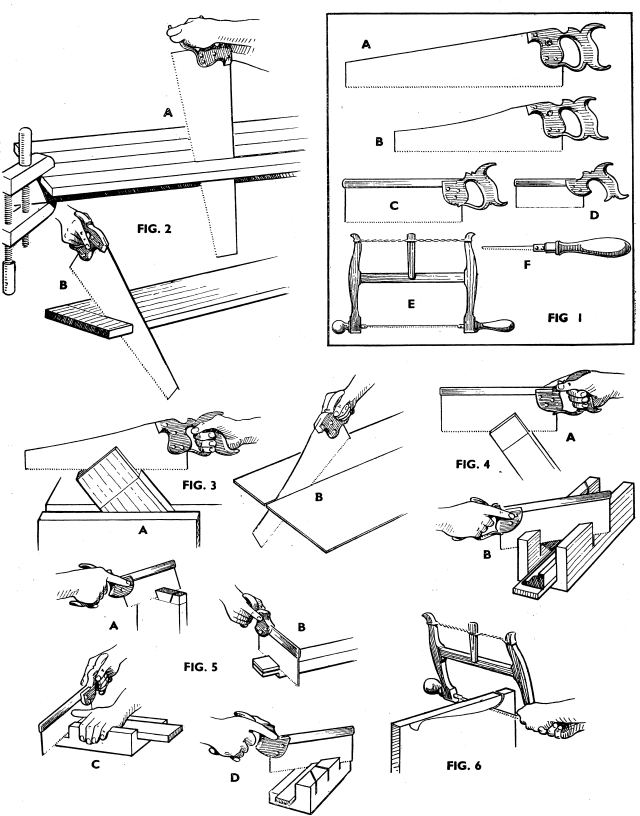Exploring the Versatility of Metal Mesh: A Comprehensive Guide
Metal mesh, a versatile and durable material, has found its place in various industries and applications due to its unique properties. From industrial uses to artistic expressions, its adaptability and strength make it a sought-after material across diverse fields.

What is Metal Mesh and How is it Produced?
Metal mesh, also known as wire mesh, is a grid-like structure composed of interlaced metal wires. These wires can be made of stainless steel, aluminum, copper, or other metals, woven or welded together to form a flexible yet robust mesh. The manufacturing process involves weaving, welding, or knitting the metal wires, resulting in a range of mesh sizes, patterns, and strengths.
What Are the Key Properties of Metal Mesh?
Metal mesh exhibits exceptional strength, corrosion resistance, and durability, making it suitable for various demanding environments. Its flexibility allows it to conform to different shapes and applications while maintaining structural integrity. Moreover, its porous nature permits airflow and light transmission, crucial for specific applications.
Where Are Metal Meshes Commonly Used?
The applications of metal mesh span numerous industries. In architecture and interior design, mesh screens serve as decorative elements, allowing for innovative designs in building facades, room dividers, and artistic installations. In industrial settings, metal mesh serves as filters, screens, and fencing due to its strength and durability. Additionally, it finds its place in the agricultural sector as fencing and protective barriers.

How Does Metal Mesh Relate to Geotextile Applications?
Geotextiles, used in civil engineering and construction for soil stabilization and drainage, often incorporate metal mesh components. The robustness of metal mesh makes it an ideal reinforcement material in geotextiles, providing strength and stability to structures while allowing water or gas flow as needed. Its integration enhances the performance and longevity of geotextile products in various infrastructural projects.
In conclusion, the versatility of metal mesh is undeniable, making it a valuable material across diverse applications. From architectural designs to industrial filtration and geotextile reinforcements, its strength, durability, and flexibility make it an indispensable component in various industries. As technology advances and new innovations emerge, the utility and applications of metal mesh are likely to expand, further showcasing its importance in different sectors.






